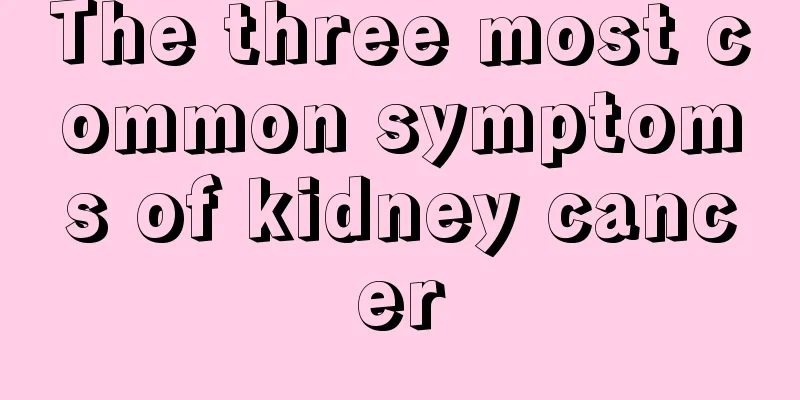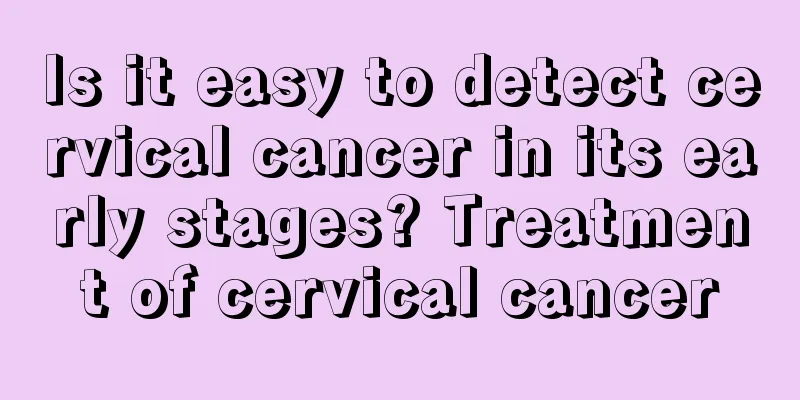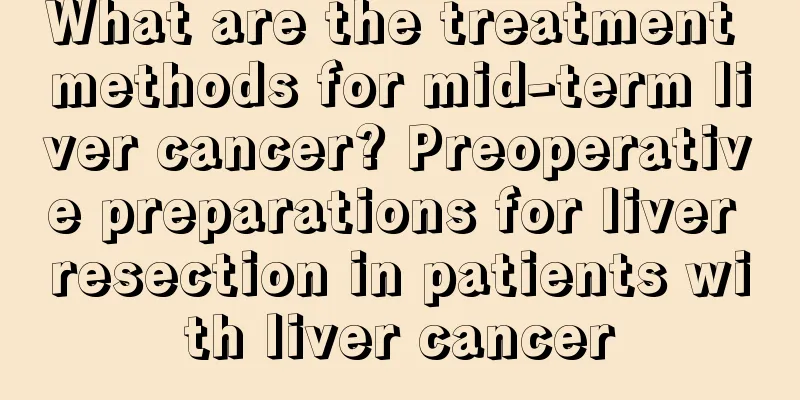The three most common symptoms of kidney cancer

|
The three most common symptoms of kidney cancer. In people's impression, kidney cancer seems to be an incurable disease, but nephrology experts point out that as long as early treatment is achieved, it can help patients effectively control the disease. In this regard, experts from the Kidney Hospital introduce the three most common symptoms of kidney cancer to everyone, hoping to help everyone. Experts point out that early signs of kidney cancer can be manifested in two aspects: symptoms outside the urinary system and symptoms within the kidney: The three most common symptoms of kidney cancer are symptoms other than the urinary system: 40% of patients only show general symptoms, such as fatigue, lack of energy, poor appetite, indigestion, nausea, constipation, etc. About 50% to 75% of patients show symptoms other than the general urinary system, such as fever, weight loss, anemia, liver dysfunction, gastrointestinal dysfunction, hypertension, hypoglycemia, etc. These symptoms often appear earlier than urinary system symptoms, such as fever can appear 2 to 6 months earlier than hematuria. Therefore, as an early warning sign of kidney cancer, patients with these symptoms should not forget to check the urinary system, and do not forget that kidney cancer can also have symptoms other than the urinary system. The three most common symptoms of kidney cancer are intrarenal symptoms: kidney cancer has three major symptoms: hematuria, pain and mass. If all three are present, the disease is usually in the late stage; generally, in the early stage, only one or two of them are present. 1. Hematuria Hematuria is usually sudden and visible, without pain or other symptoms. About 70% of kidney cancer patients will have hematuria. This type of hematuria is often intermittent and can stop on its own, but it can recur many times. If you pay attention to hematuria the first time and seek medical attention early, you can get an early diagnosis. 2. Low back pain About 50% of patients will experience back pain. This is the result of the enlarged cancer lesion pulling on the renal capsule or compressing the surrounding nerves and muscle tissues. Most of the pain is dull pain in the waist or upper abdomen. Occasionally, blood clots are discharged downwards and cause severe colic, which can be easily mistaken for kidney and ureteral stones. 3. Lumbar mass When the kidney cancer lesion grows to a considerable size, a mass can be felt (or seen) from the waist or upper abdomen. About 20 to 30 percent of patients will have this symptom. The mass is easier to feel when lying on the side, and sometimes you can see the mass moving up and down with breathing. If the mass adheres to the surrounding tissues, it is fixed and cannot be moved, which means it is in the late stage. The above is an introduction to the three most common symptoms of kidney cancer. I hope it will be helpful to everyone. Experts remind you that if you have similar symptoms, you must go to a regular hospital for early treatment to avoid delaying the disease. I wish you good health! |
<<: How to care for kidney cancer patients
>>: How much does it cost to treat kidney cancer?
Recommend
Symptoms of esophageal squamous epithelial hyperplasia
In life, some patients are troubled by esophageal...
What to do if the yew leaves are dry
Yew is actually a relatively easy plant to grow, ...
Symptoms of cervical cancer when sleeping at night
Cervical cancer is a common malignant tumor of th...
What does a positive hepatitis B surface antibody mean?
If the test results show that the hepatitis B sur...
What are the ways to prevent prostate cancer? Five measures to help you prevent prostate cancer
Prostate cancer is becoming a common disease, and...
First time blood in semen?
Hematospermia is a common disease in men's li...
Will washing your face with vinegar make it whiter?
White vinegar is a weakly acidic substance that c...
Treatment methods for nervous vomiting, 5 major therapies show miraculous effects
Most patients with neurogenic vomiting suffer fro...
The harm of boiling water thousands of times
Everyone must have heard of the term "thousa...
What are the symptoms of severe spondylosis
If cervical spondylosis is particularly severe, i...
Can hyaluronic acid be used during breastfeeding?
Nowadays, many women inject hyaluronic acid on th...
How to reduce swelling and relieve pain after being stung by a wasp
In the season between spring and autumn, bees are...
What is the routine care for thyroid cancer
What is the routine care for thyroid cancer? Peop...
Which department should I go to for a headache
The brain is a very important part of the body st...
What is mononucleosis? You need to know these
Mononucleosis is a very serious infectious diseas...









